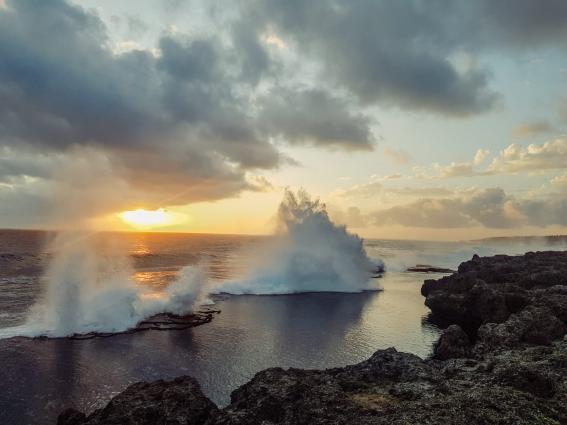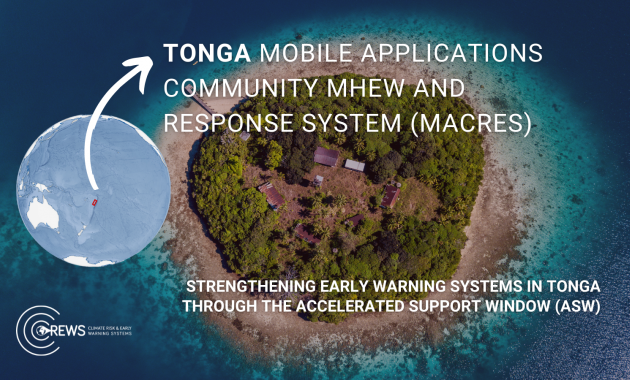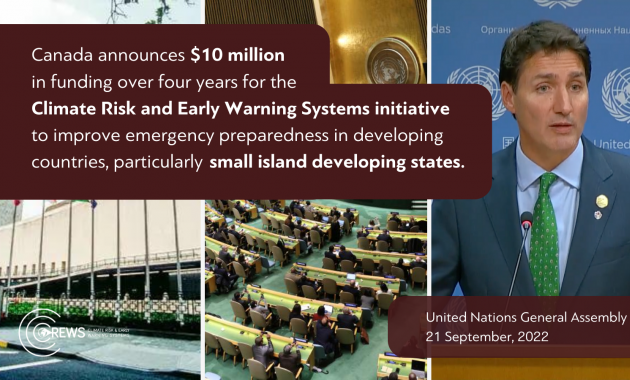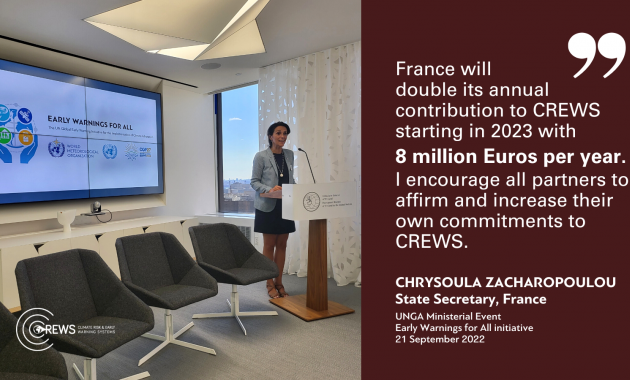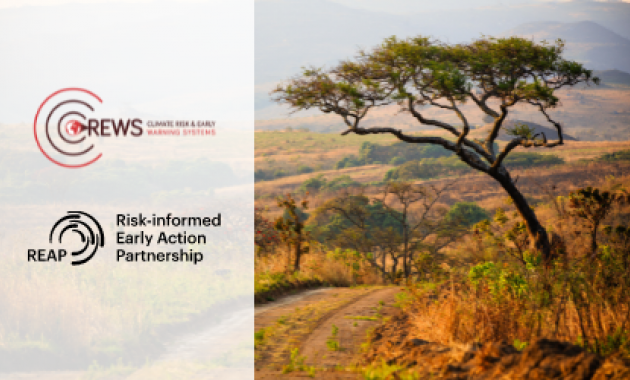Representatives from Cook Islands, Federated States of Micronesia, Fiji, Kiribati, Nauru, Palau, Papua New Guinea, Samoa, Solomon Islands, Tonga, Tuvalu and Vanuatu provided updates at a session in Tonga on progress and priorities.
“The level of exposure to climate extreme events and the essential role of early warnings to reduce their impact were both very visible in February 2018 when tropical cyclone Gita hit Tonga and affected many islands in the region,” said Ofa Fa'anunu, head of the Tonga Meteorological Services and Permanent Representative of Tonga with WMO. The cyclone caused an estimated US$155 million in damages, including to the headquarters of the national meteorological service.
The project seeks to strengthen resilience and more effective, people-centred early warnings through predictions provided by global and regional (RSMC) centers, which are made available to countries in a manner that supports their own forecasting requirements. Thus, the Regional Specialized Meteorological Center (RSMC) in Nadi, Fiji, is working to provide high-resolution predictions of flash floods and other hazards, boosted by expertise from Australia, New Zealand, Indonesia and Fiji as well as from the Secretariat of the Pacific Regional Environment Programme (SPREP).
The project also seeks to identify regional observation needs to ensure the sustainability of observation instruments and their compatibility with globally shared weather and climate data.
WMO project manager Lina Sjaavik reported on progress in efforts to modernize the weather services. “Capacities were increased to apply Common Alerting Protocols across the region, presentation skills of TV weather presenters was enhanced and countries are developing national strategies to ensure alert and warnings are provided in a timely manner to people who need them most”.
Priorities for the coming year include strengthening regional and national efforts towards forecasts that provide information on the potential impacts of extreme events. Forecasts for coastal inundation – the primary cause for loss of life _- will be provided in Kiribati and Tuvalu. A new community-based early warning initiative will bring communities together with the NMHS to identify hazards and thresholds and response plans and activities.
“Strengthening Hydro-meteorological and Early Warning Services in the Pacific” is a three-year project worth US$5 million, funded by the Climate Risk and Early Warnings Initiative (CREWS) and Environment and Climate Change Canada. CREWS is supported by the governments of Australia, France, Germany, Luxembourg and The Netherlands.

